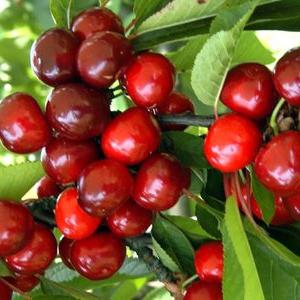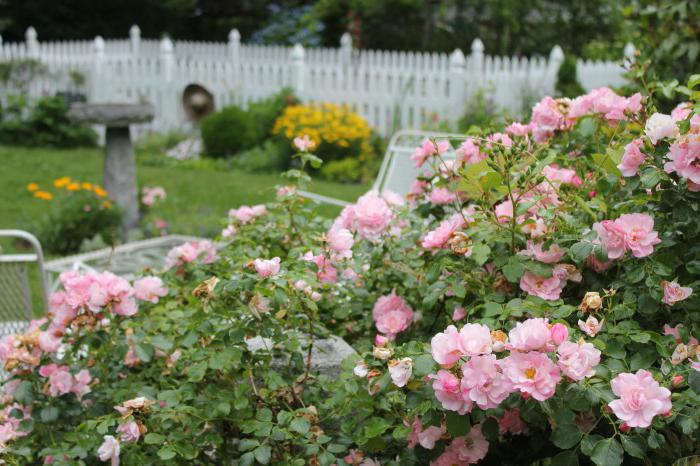What is the best cherry for Moscow region? Grades suitable for the middle zone of Russia
Cherry is a useful stone fruit,home to which are the Mediterranean countries. And this means that by nature cherry trees love the sunny and warm climate of moderate humidity. However, the breeders made sure that the cherry felt comfortable in the middle zone of Russia, bearing the winter frosts, the dry heat in the summer, the diurnal temperature changes and a number of diseases to which the trees are exposed. This is especially important, because in our climate the cold reaches 40 degrees Celsius. Therefore, cherry for the Moscow region, a variety of frost-resistant and heat-resistant, is very important for comfortable growth and fruiting in this region.

Some varieties of cherries, growing more than onecentury in Russia, are especially notable for their characteristics and taste. These species have the same useful properties as their southern relatives. From them wonderful liquors, jam, jams and confitures are obtained.
The best varieties of cherries for the Moscow region areVladimirskaya, Malinovka, the Lighthouse. They have proven themselves as resistant to diseases (scab, rot, bacteria), frosts and high temperatures. With the right inoculations, the listed varieties are best fruited, yielding a yield from one young tree to 15 kg.

Cherry for Moscow suburbs of the Malinovskaya class isto late-ripening varieties and ripens much later than the Vladimir cherry. Berries are medium in size with a weight of 3 to 4 grams, and are more suitable for processing in the preparation of jams. The flesh of these cherries is dense, but juicy. It is considered a high-yielding tree and yields about 14 kg from an adult tree. The variety is very winter resistant and resistant to diseases.

In addition to cherries, cherry varieties are very interesting forthe middle belt of Russia. Here are some of their names: Rechitsa, Leningrad black, Fatezh, Bryansk pink, Iput, Chermashnaya, Revna, Tyutchevka. All of them are highly appreciated for their taste, disease resistance and frost resistance, the thin bark withstands long-term effects of low temperatures. In addition, all varieties, zoned for the middle band, are characterized by positive indices of stability of flower buds, which ensures high yields.








